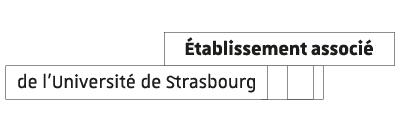ANIME: A Network Cooperation
The ANIME Network (Academic Network on Inclusiveness, multilingualism and Excellence) was officially inaugurated on November 5 and 6, 2020 during the launch meeting presided over by Professor Irini Tsamadou-Jacoberger, Vice President for Europe and International Relations. This initiative not only illustrates the Vice President's commitment to moving beyond bilateral cooperation and fostering network-based collaboration but also represents a dynamic and unifying approach designed to enhance the institution's internationality and diversity.
Formalised in the framework of the IDEX programme "Internationalisation of the institution. From bilateral cooperation to network cooperation", the Network is oriented towards higher education institutions in Central and Eastern Europe, the Middle East, Africa and Latin America, regions where the University of Strasbourg has previously had limited collaboration opportunities. ANIME is thus envisioned as a collaborative platform for advancing mutual growth in terms of reflection and experimentation. This includes initiatives related to educational innovation, projects of excellence, exchanges of good practice, based on common values.
Since the launch of the Network, eight additional meetings have been conducted in a virtual format. These gatherings have played a pivotal role in shaping the network's structure and kickstarting meaningful discussions. Three distinct working groups have been dedicated to exploring the concepts of inclusive excellence, multilingualism, and interdisciplinarity

































